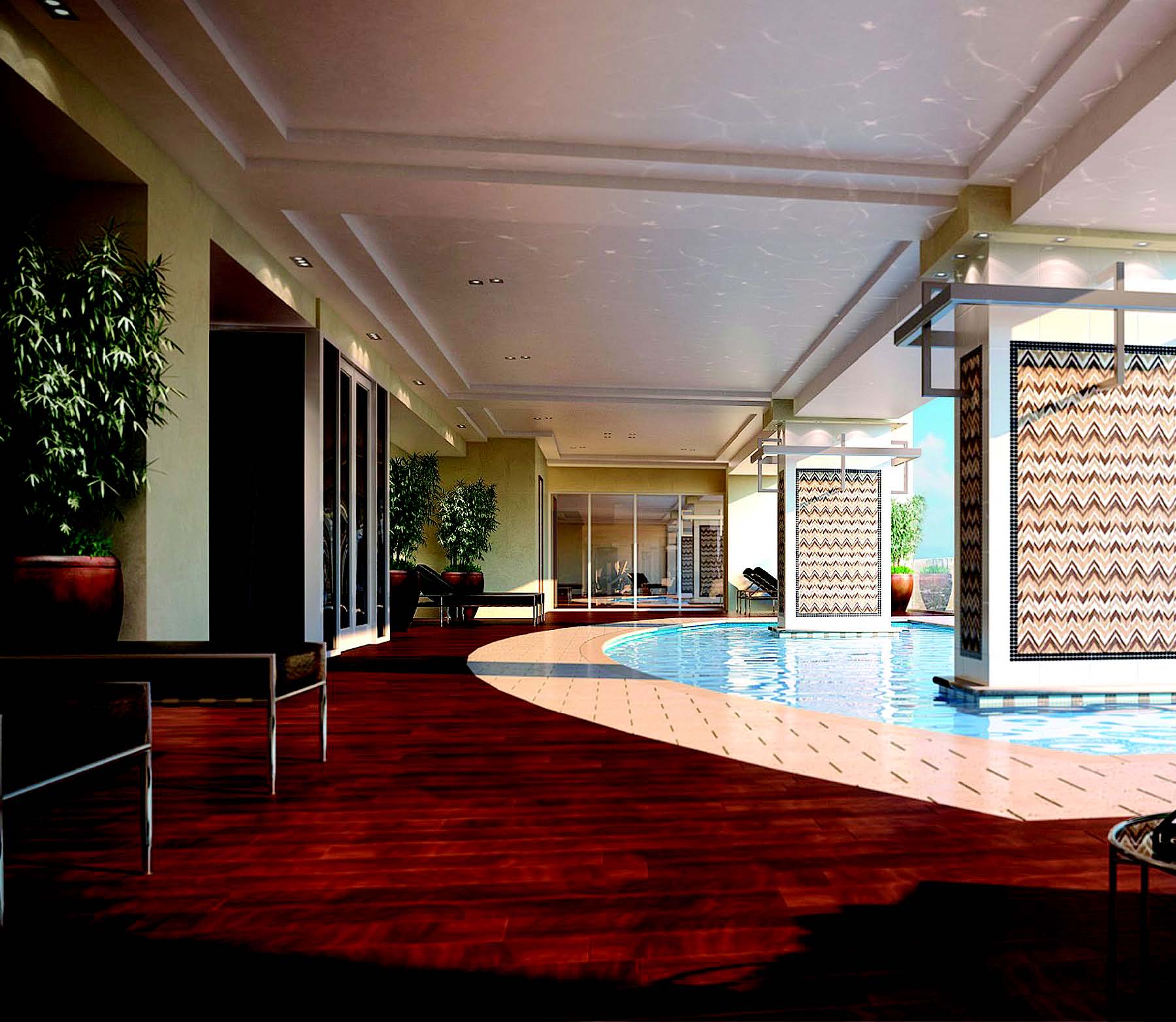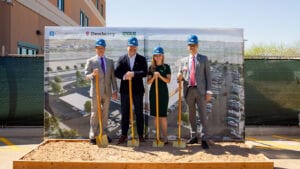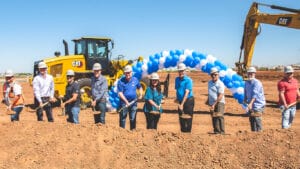Home ownership is down from 70 percent to 65 percent and rents are rising.
“There are just more renters,” says CBRE Vice Chairman and Managing Director Tyler Anderson.
There are also a lot more investors.
“The low interest rates make multifamily investments very, very compelling,” Anderson says. “They didn’t lower these rates for the multifamily industry, but the sector has benefited from these low rates by being able to buy deals with a significant deal of cash flow. If you went back to some points in time, you’d buy deals with minimal cash-flow with hope of getting more. Today, you go in and can get real returns right from the acquisition.”
Mark-Taylor’s Vice President of Development Chris Brozina says his company was ahead of the curve with six multifamily projects completed since 2011 and at least seven waiting in the wings. Overall, the Phoenix Metro has about 28,000 apartment units in the pipeline, near the pre-recession peak of 30,000.
“The market is telling us fundamentally what we want,” he says, adding later that for the first time he feels Phoenix is offering apples and oranges to the rental community.
Mark-Taylor’s communities are built to provide an apartment alternative to living in a custom home, whereas much of downtown Phoenix offers infill and artistic-styled apartments geared toward a less suburban demographic. That’s not to say there isn’t some redevelopment in Mark-Taylor’s portfolio. Its 74th Street and McDowell Road project was an old Basha’s lot that contained an office building and an old church.
“Apartments need traffic at their core,” Brozina says. “You like to feel you’re living in a secluded custom home apartment,zz but you need traffic. It’s temporary residents. People are always leaving and entering the community.”
This ebb and flow of more and more individuals are the life-force behind a new apartment paradigm — resort-style living with ceilings up to 10-feet high, smaller dining areas, granite tabletops, fitness centers. Even the new CityScape Residences in downtown Phoenix offer the amenities of the Kimpton Hotel beneath it, including valet, room and laundry services.
According to a Harvard Joint Center for Housing Studies report, about half of Millennials between the ages of 20 to 24 live at home with their parents. By the time they turn 25 and 29, start forming families or gaining a better financial foothold, only about 20 percent of individuals live with their parents. Accordingly, it’s estimated there will continue to be high demand for rental properties over the next few years. However, whether or not Phoenix has the sticky factor is year to be seen. Many Millennials are choosing to relocate to places such as Denver, Austin, Chicago and San Francisco, according to research accumulated by Niche.com.
Developers in the Phoenix Metro are working to build lifestyles into their communities, though, in hopes to bring more young and talented Millennials to the Arizona workforce.
Deco Communities’s design, public relations and decorating teams are comprised of 20-somethings, says Partner Rob Lyles. His company is most well-known for repurposing B- and C-class apartments for a more trendy clientele. After opening six of those projects in Arizona, Deco is slated to construct luxury condos in downtown Scottsdale and Phoenix that will match the “heartbeats” of their respective cities.
“The difference between the two downtowns is the people in Scottsdale want to be on Wall Street, people in downtown Phoenix want to Occupy Wall Street,” says Lyles of the Envy and Edison condo developments. Neither city has seen new condos in seven or eight years.
“Stuff got built in downtown, but it was the wrong stuff,” says Lyles of the pre-recession development that was vying for attention against a booming housing market. “No one was going to pay those prices, when you could buy a house. Market crashed, now it’s going to be interesting to see what happens in this cycle.”
It’s not just the Millennials that are driving multifamily development, it’s a more mature, affluent demographic, too. According to the Harvard study, the majority of rental household growth in the U.S. is due to individuals younger than 34 and older than 55. This is one Alliance Residential’s Robert Hicks says drives his company’s luxury developments such as Broadstone Camelback, which recently became the highest price per square foot when it sold for $75M.
“We’re building and operating our communities just like resorts,” says Hicks, adding that instead of two or three night stays, tenants live at a Broadstone community for two or three years.
Alliance’s Broadstone Waterfront property that opened in July is just behind a Nordstrom, making it one of the newest developments — within such proximity of shopping, restaurants and entertainment — of its kind in a long while.
The real bar-raising development in the multi housing community is the CityScape Residences. It even exceeded RED Development Vice President of Development, Jeff Moloznik.
“It’s the idea that the sum of the parts are immeasurable based on the benefits,” says Moloznik of CityScape. “I’m willing to purchase something if it comes at full value – there’s an engaging element to it. That’s the value proposition that city living offers residents. They are engaged every single day.”




